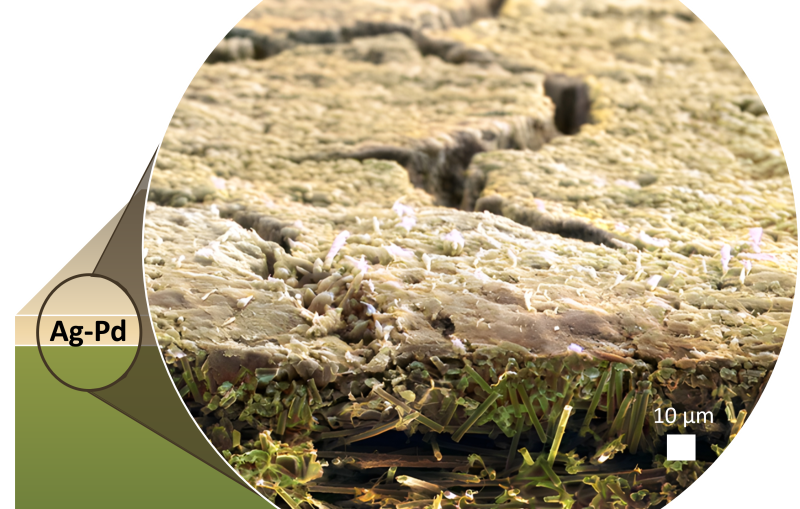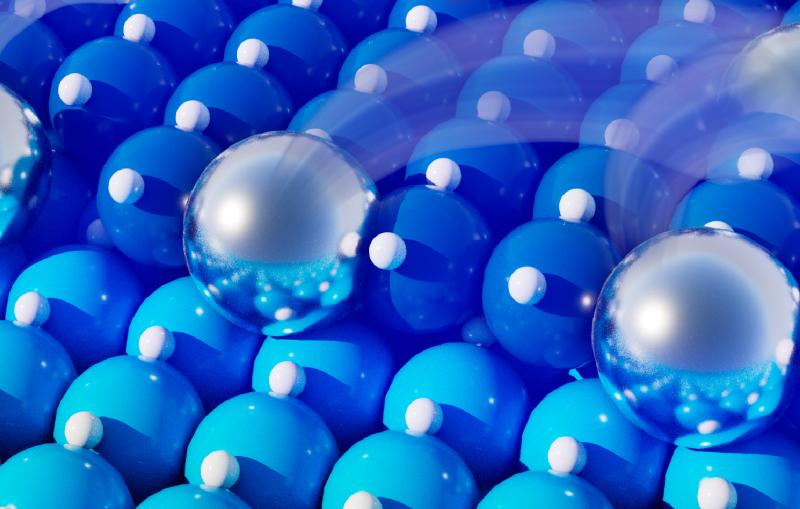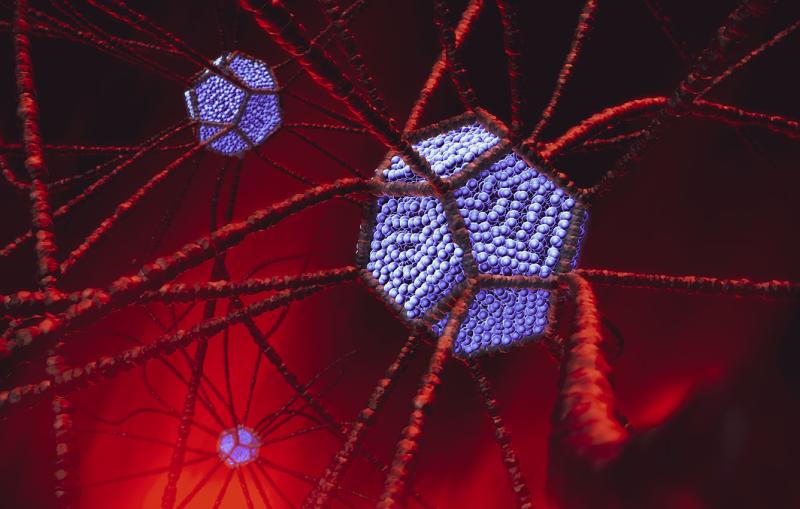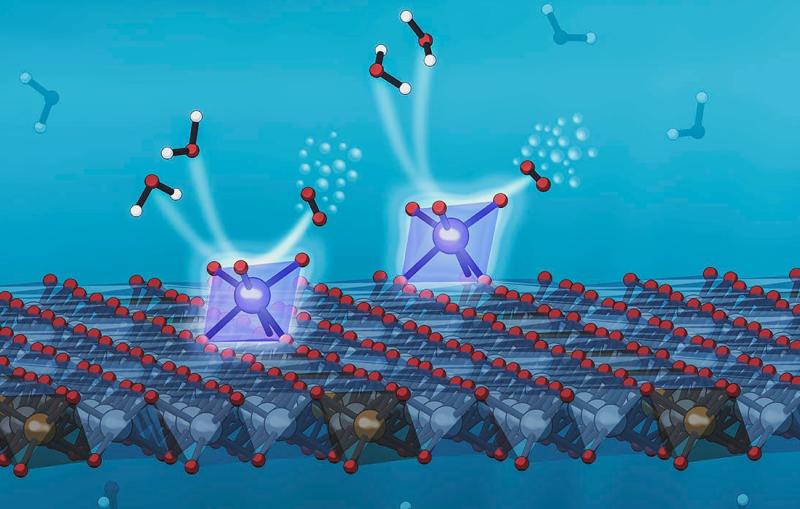April 4, 2017
Can We Use Solar Energy to Make Fertilizer Right on the Farm?
Stanford and SLAC researchers are leading a multi-year effort to produce nitrogen-based fertilizers in a sustainable way, by inventing a solar-powered chemistry technology that can make it right on the farm and apply it directly to crops, drip-irrigation style.

Dig Deeper





